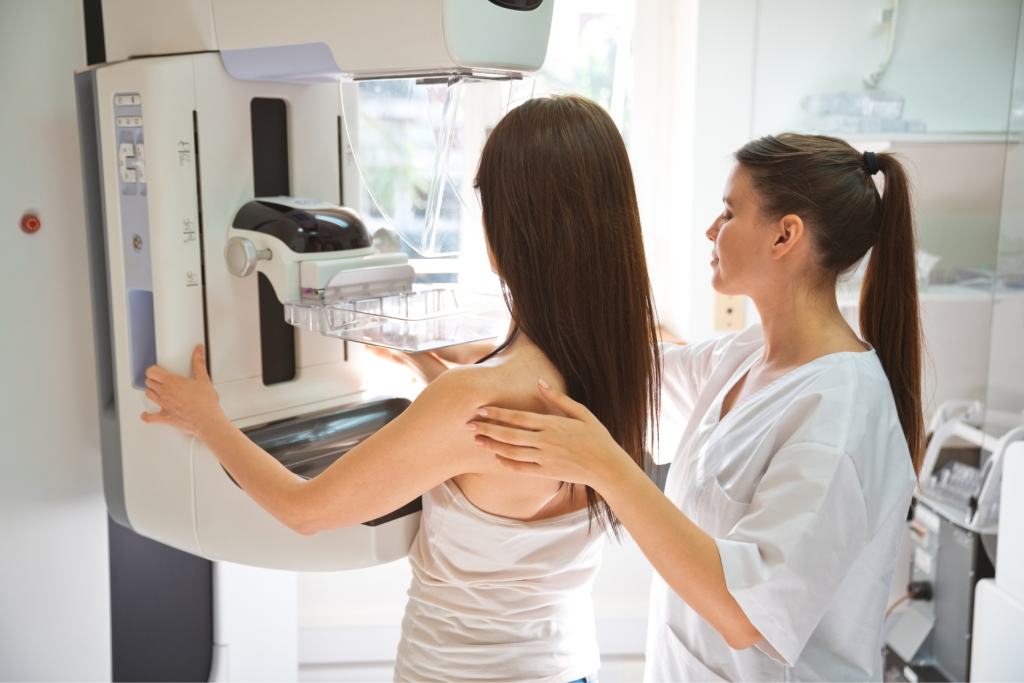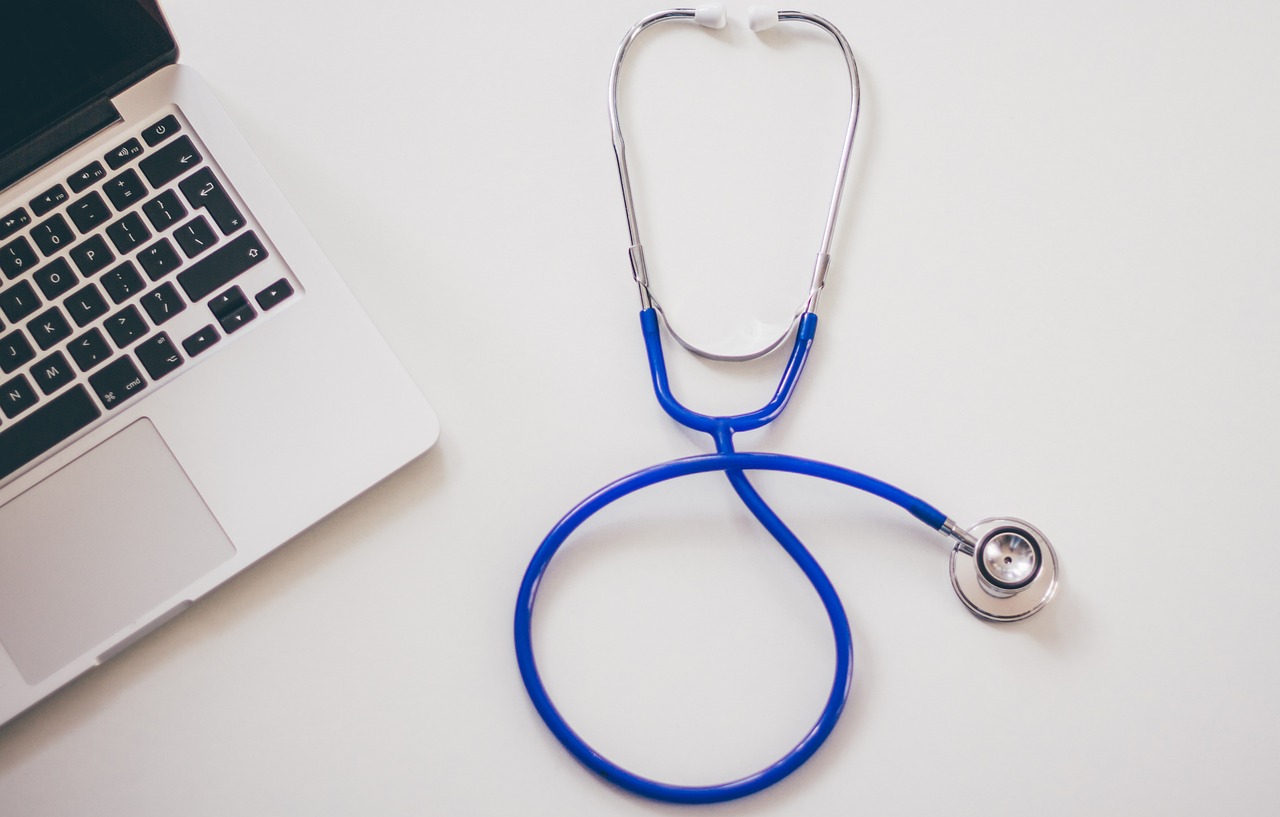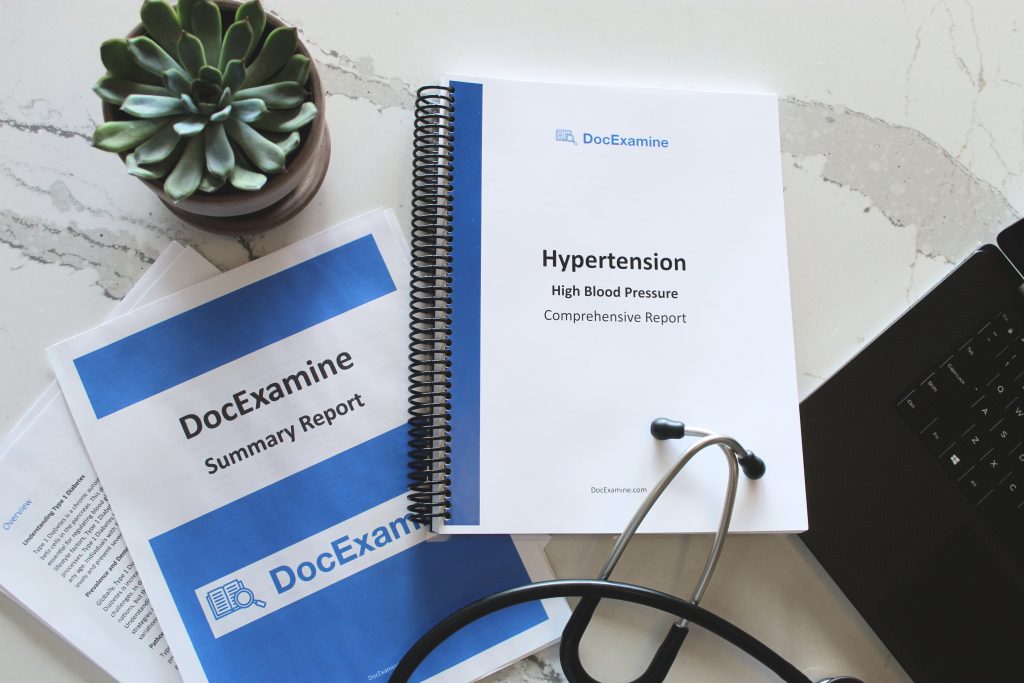
Breast cancer doesn’t always announce itself with dramatic signs. Often, it begins with subtle changes that can easily be overlooked. Knowing the complete range of breast cancer signs and symptoms is essential for early detection and effective treatment. This guide breaks down what to watch for, when to seek help, and how to stay proactive with your breast health.
Why Early Detection Matters
Detecting breast cancer at an early, localized stage greatly improves treatment outcomes and survival rates—up to 99% in some cases. Familiarizing yourself with your own body’s normal state is the first step in recognizing symptoms, ensuring that even the most subtle changes are noticed as soon as they occur.
Recognizing the Subtle Signs
1. Breast Lumps
A breast lump is one of the most well-known signs of breast cancer. While many lumps are benign, certain characteristics may indicate a need for further evaluation.
- What to Look For:
Lumps that are hard, irregularly shaped, or painless are more concerning. It is important to note any new lump or a change in the texture or firmness of existing breast tissue. Although most lumps turn out to be non-cancerous, timely evaluation by a healthcare provider can help rule out malignancy.
2. Breast Skin Changes
Changes in the skin of the breast can signal underlying issues even before a lump becomes noticeable.
- What to Look For:
Pay attention to any dimpling, puckering, or thickening of the skin. Redness, scaling, or a texture that resembles the skin of an orange are also warning signs. These changes might be localized to one area or affect the overall appearance of the breast. Monitoring for any unusual alterations in skin texture or color is crucial.
3. Nipple Discharge
Nipple discharge that occurs without any stimulation or squeezing should never be ignored.
- What to Look For:
Any discharge that is clear, bloody, or otherwise unusual can indicate an abnormality within the breast ducts. This symptom is especially concerning if it happens spontaneously or persists over time. Even if you are not breastfeeding, noticing any fluid from the nipple should prompt a consultation with your doctor.
4. Nipple Inversion
While some individuals naturally have inverted nipples, a sudden change in the nipple’s position can be a red flag.
- What to Look For:
A nipple that was once protruding but now appears to be pulled inward may signal underlying tissue changes. This alteration might occur in just one breast and can sometimes be accompanied by other symptoms such as discharge or skin changes around the nipple. Any unexpected inversion warrants prompt evaluation.
5. Additional Subtle Symptoms
There are other signs that, while less common, can also indicate early breast cancer.
- Breast Pain:
Although breast pain is often associated with benign conditions like hormonal changes or cysts, persistent or localized pain should be evaluated. - Asymmetry:
Noticeable differences in size or shape between the two breasts can be significant. Even if slight, any new asymmetry or a sudden change in the appearance of one breast compared to the other should be brought to your doctor’s attention. - Swelling in the Armpit:
Since breast tissue extends into the armpit, swelling or the presence of a lump in this area can indicate involvement of the lymph nodes. This is an important sign that should be assessed during a routine check.

What to Do If You Notice Changes
- Monitor Your Breasts Regularly:
Establish a monthly self-check routine—ideally the week after your period when breasts are less tender—to become familiar with your normal breast tissue. - Consult Your Healthcare Provider:
If you notice any new or unusual changes such as a lump, skin alteration, nipple discharge, or inversion, schedule an appointment with your doctor for a thorough evaluation. - Follow Screening Guidelines:
Adhere to your healthcare provider’s recommendations regarding mammograms and other screening tests, based on your age, family history, and overall risk factors.
Conclusion
Breast cancer often begins quietly with subtle signs. By understanding the full spectrum of breast cancer signs and symptoms—including breast lumps, skin changes, nipple discharge, nipple inversion, and other subtle indicators—you empower yourself to seek help early. Staying informed, trusting your instincts, and being proactive with regular self-exams and screenings are crucial steps in protecting your health. Early detection is the best defense.
Learn More About Breast Cancer
- Spotting the Earliest Signs: Your Essential Guide to Breast Cancer Symptoms

- Innovations in Early Detection: How New Technologies Are Transforming Breast Cancer Screening

- Healing Beyond the Physical: Addressing Body Image and Mental Health After Breast Cancer

Resources
What are the signs and symptoms of breast cancer? | City of Hope
https://www.cancercenter.com/cancer-types/breast-cancer/symptoms
Breast Cancer Symptoms – WebMD
https://www.webmd.com/breast-cancer/understanding-breast-cancer-symptoms


